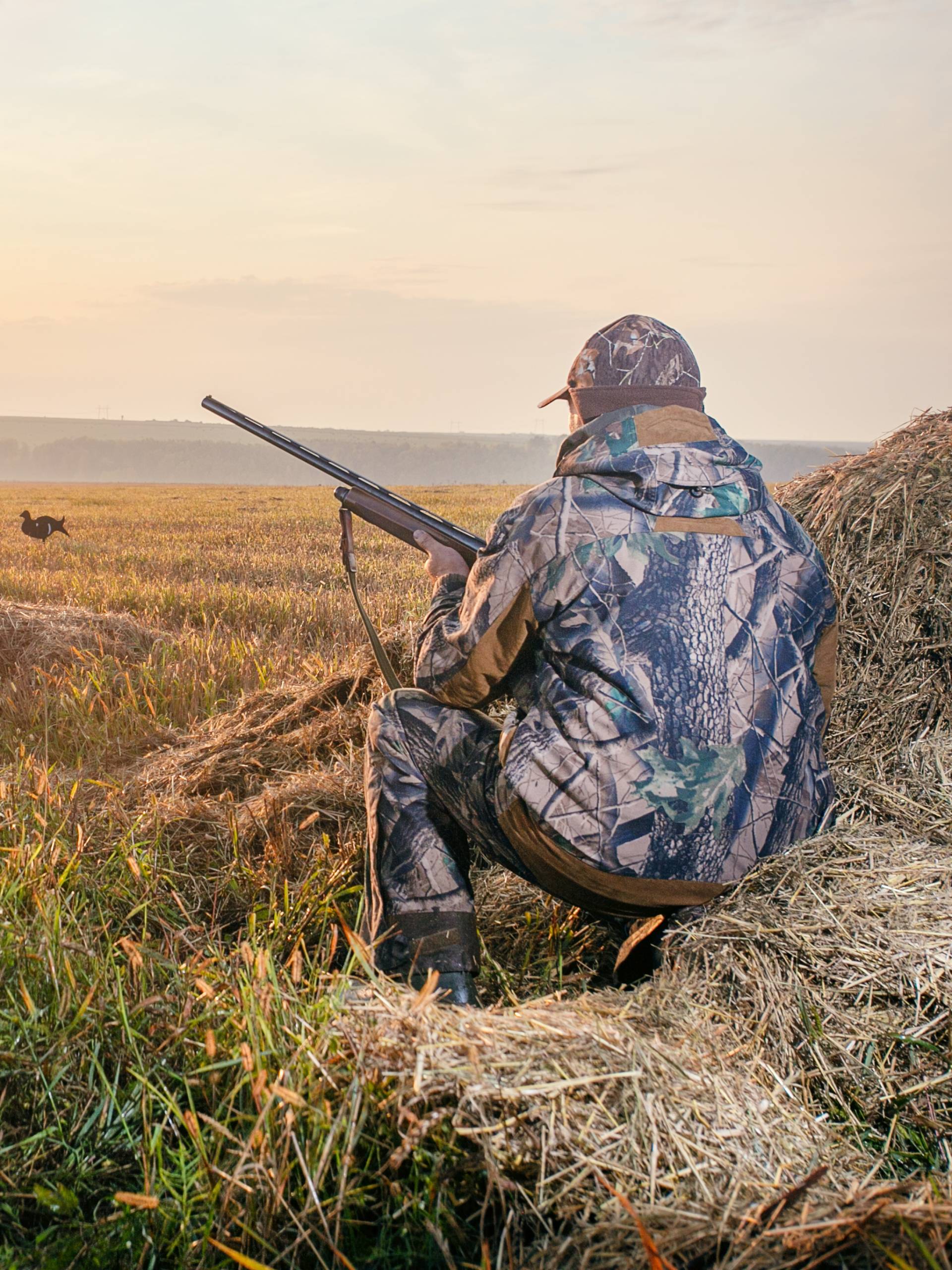Finding the ideal hunting spot is a blend of art and science, requiring patience, research, and a deep respect for nature. Whether you’re a seasoned hunter or new to the sport, the quest for that perfect location is a crucial part of the hunting experience. It’s not just about guaranteeing a successful hunt; it’s about immersing yourself in the environment and ensuring sustainable hunting practices. Let’s explore some essential steps to finding the right hunting spot.
Understanding Local Hunting Regulations and Seasons
Before identifying any potential spots on your map, familiarizing yourself with local hunting regulations and seasons is paramount. In fact, one of the dos and don’ts of hunting for beginners is to have a comprehensive understanding of local laws and regulations. Each region has specific guidelines designed to maintain wildlife populations and ensure safety. Delving into these rules can also reveal which game species are available to hunt and when. This knowledge not only keeps you within legal boundaries but also guides you in selecting areas that offer the best opportunities for the game you’re interested in.
Scouting Potential Hunting Spots
Once you’re aware of the regulations and seasons, the real adventure begins—scouting for locations. Technology, like satellite imagery and topographical maps available through various apps and websites, offers hunters unprecedented views of the lay of the land from afar. Despite these modern tools, traditional scouting methods—hiking through potential spots, observing signs of game, and talking to locals—remain invaluable. Combining these approaches allows you to identify promising areas while also getting a feel for the land and its inhabitants.
Assessing Environmental Factors
After pinpointing a few potential spots, assessing the environmental factors that influence game movement and behavior helps refine your search. Winds, water sources, food availability, and terrain features significantly affect where you’re likely to find game. For instance, deer often follow edges between forested and open areas, while waterfowl are drawn to bodies of water. Observing these elements during different times of the day—and across seasons—can highlight patterns that predict animal behavior, thereby improving your chances of a successful hunt.
Securing Permission and Access
Many prime hunting locations are on private lands. Securing access is a critical step that requires courtesy, respect, and sometimes negotiation. Approaching landowners with professionalism and an understanding of their concerns not only opens the door to private hunting grounds but also establishes important relationships within the local hunting community. Whether through verbal agreement or formal arrangements, gaining permission ensures ethical hunting practices and strengthens the bond between hunters and land stewards.
Finding the ideal hunting spot is a rewarding challenge that enhances the hunting experience. By following these steps to find the right hunting spot, you can ensure that your expeditions respect both the game you pursue and the lands you traverse.
Casey Cartwright
Latest posts by Casey Cartwright (see all)
- 5 Tips for Safe Shooting Near Lakes and Ponds – April 10, 2025
- A Beginner’s Guide to Shooting Range Safety – April 9, 2025
- Garage Gun Storage: How To Use This Space Safely – April 3, 2025

Leave a Reply